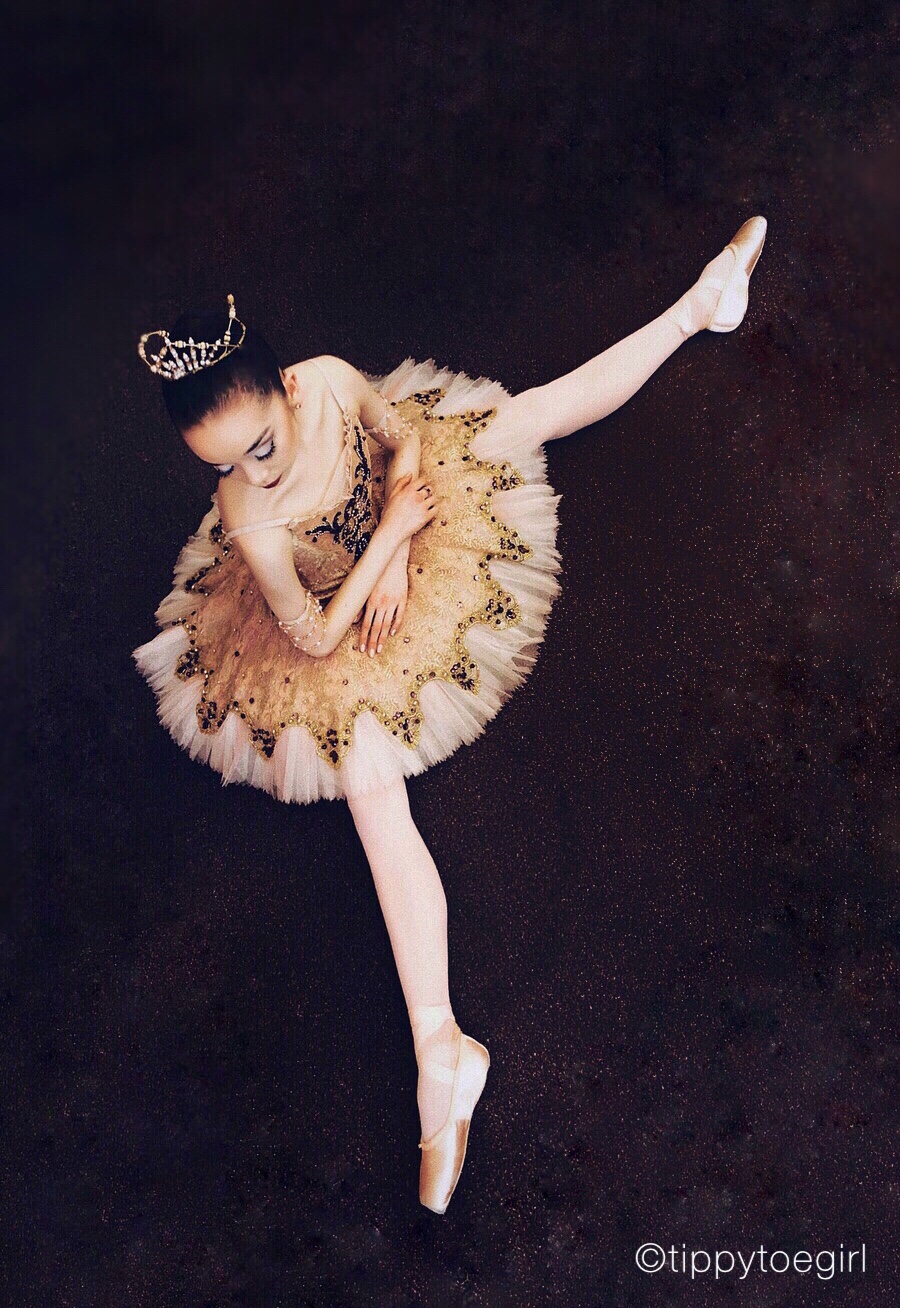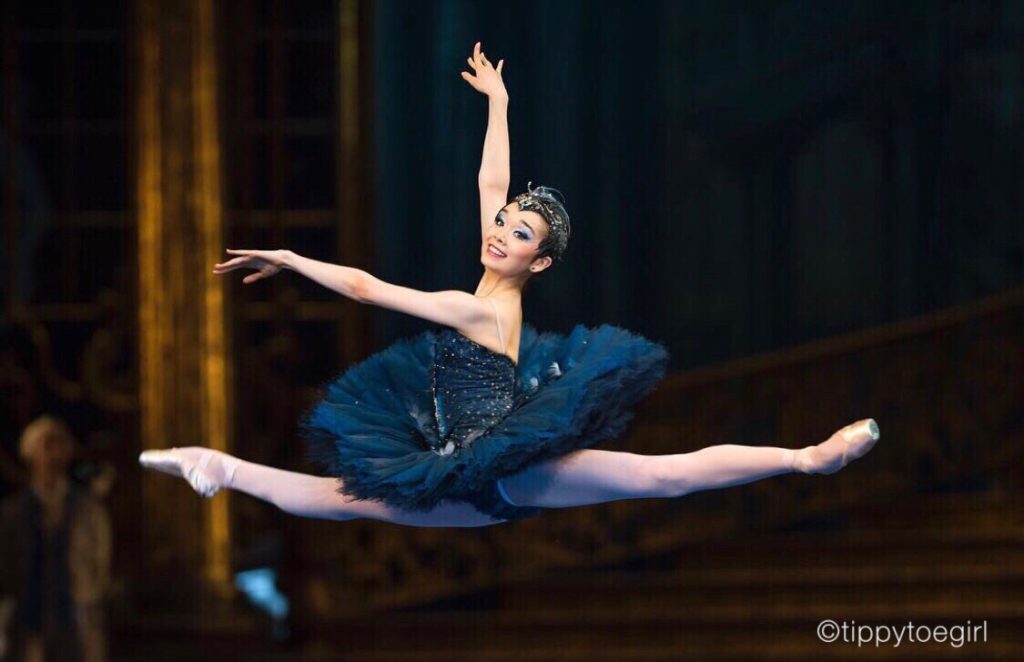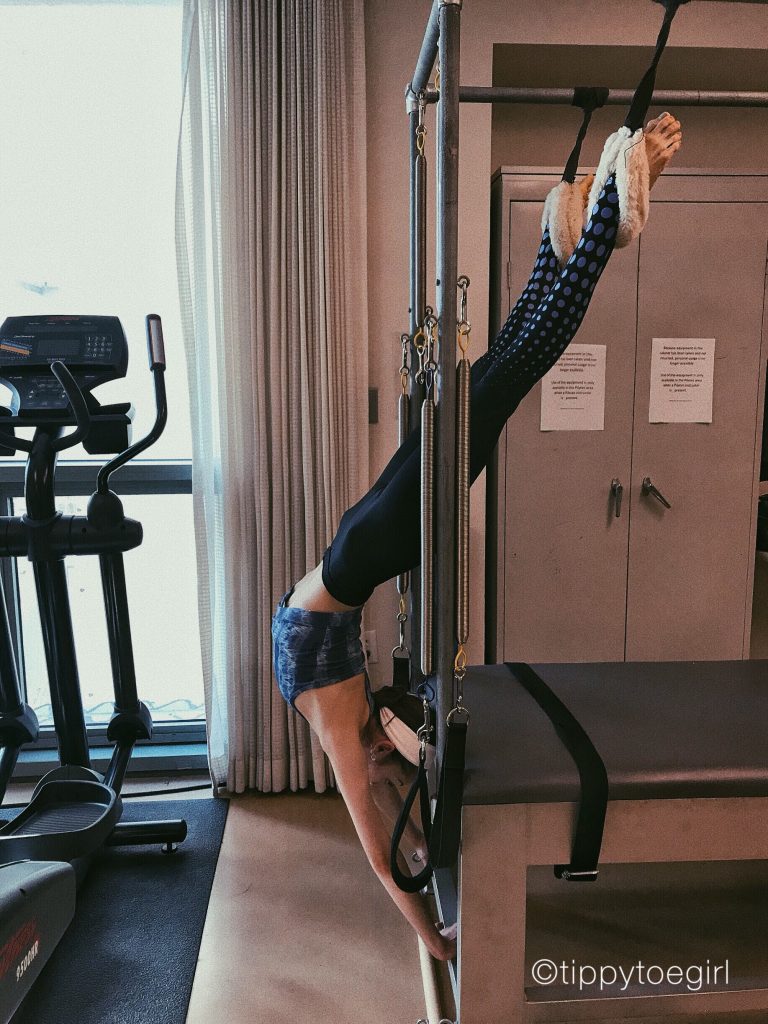All through life we are constantly faced with many obstacles preventing us from getting to our next step in life. In my case, an obstacle like starting Saint Mary’s LEAP program (a college program for dancers) and being overwhelmed with a dance-heavy season at San Francisco Ballet (along with the new works festival UNBOUND) really took over my life. This left me with no free time (hence 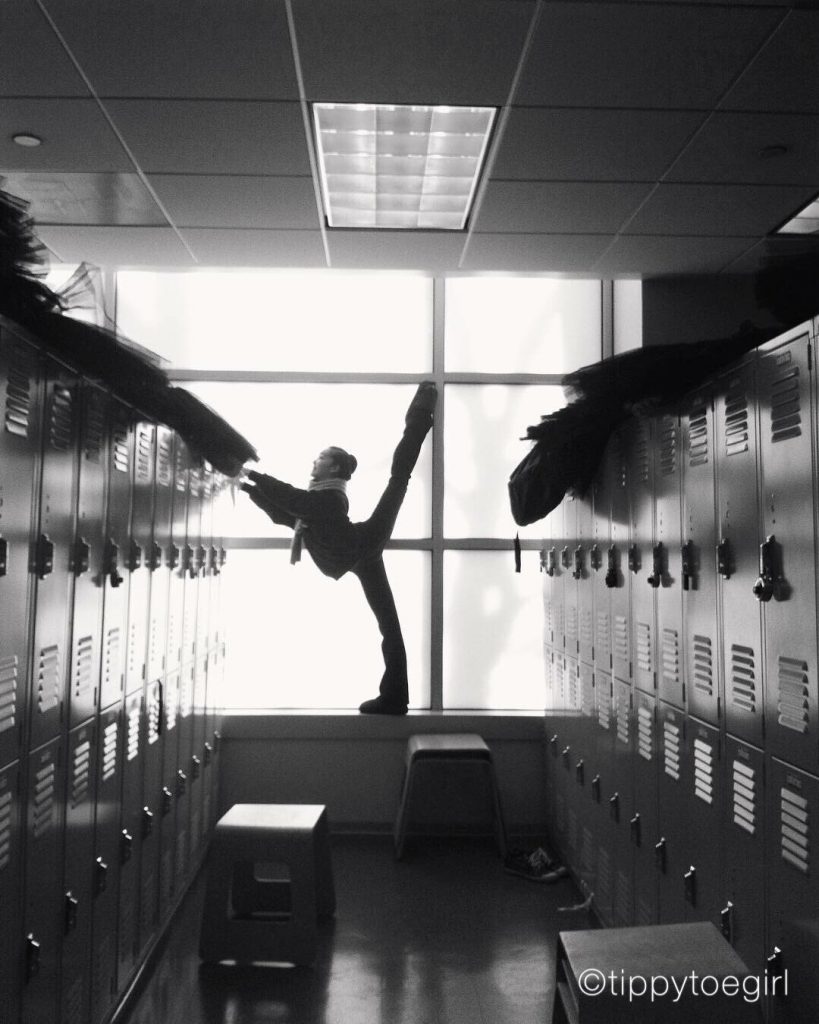 why my last blog post was in last November). But, I’m happy to say that I am going to try my best, be more present and share more on my blog.
why my last blog post was in last November). But, I’m happy to say that I am going to try my best, be more present and share more on my blog.
So, what better way to get back into blogging than a Q&A post? Since I received so many amazing messages/questions from people, I selected 10 questions and answers since I felt they were the most relevant.
#1 How old were you when you started ballet and where did you train?
When I was young, I played soccer with a local youth league as well as martial arts and swimming, so dancing was not something I pursued prior to age 10. Before joining SF Ballet school at 11, I hopped around numerous local dance studios near my home but only stayed in each one for a very short amount of time. Once I was admitted to SFB, I stayed and trained for 6 years — starting at level 4 to trainee for two years before getting an official contract with the company at age 17.
#2 What are some of your favorite roles you have danced so far as well as dream roles?
Aurora in Sleeping Beauty has always been a dream role of mine, so it was really special to be able to perform in the student matinee performances last season. Other standouts were also Princess Florine/Enchanted Princess in Sleeping Beauty, Fairy of Serenity in Sleeping Beauty, Pas de Trois in Swan Lake, Pas de Quatre in Swan Lake, and (not sure if this technically counts) but also Giselle (another one of my dream roles when I danced the 2nd act pas de deux) for the Erik Bruhn Competition. Other dream roles I hope to dance one day are Juliet in Romeo and Juliet and Tatiana in Onegin. (If you couldn’t tell I’m a big fan of dramatic roles.)
#3 What do you do to cross-train?
I swear by Pilates, Yoga, and Gyrotonics. Like ballet, I find they help maintain a lean physique, and you use your own body weight to work out. In terms of cardio and building stamina, I like to use the elliptical, treadmill, or swim.
#4 What do you do for sore muscles?
Maintaining an anti-inflammatory diet has helped immensely. Some of my favorite anti-inflammatory foods I incorporate into my daily diet are “superfoods” like turmeric, ginger, “blue majik” (a type of blue algae related to spirulina), leafy greens like spinach, kale, swiss chard, and bok choy, antioxidant-rich foods like low-glycemic berries, beets, and cherries, and foods high in omega-3s such as salmon, nuts, and seeds. Also, doing things like elevating (where your legs are above your heart to help with blood flow and circulation), getting massages and acupuncture, icing, and also making sure I sleep enough (sleep is the best medicine).
#5 What is your favorite ballet style and what are your thoughts on Balanchine vs. Classical?
French (Paris Opera) and Vaganova (Mariinsky) have always been my ultimate favorite ballet styles due to their lyricism, artistry, and flow of movement. In comparison between Balanchine and Classical, I will always be a classical-story-ballet girl. However, with that said, I also love dancing Balanchine ballets because of the importance of musicality element (I trained at School of American Ballet (SAB) for two summer intensives, so I do have some knowledge of Balanchine technique.)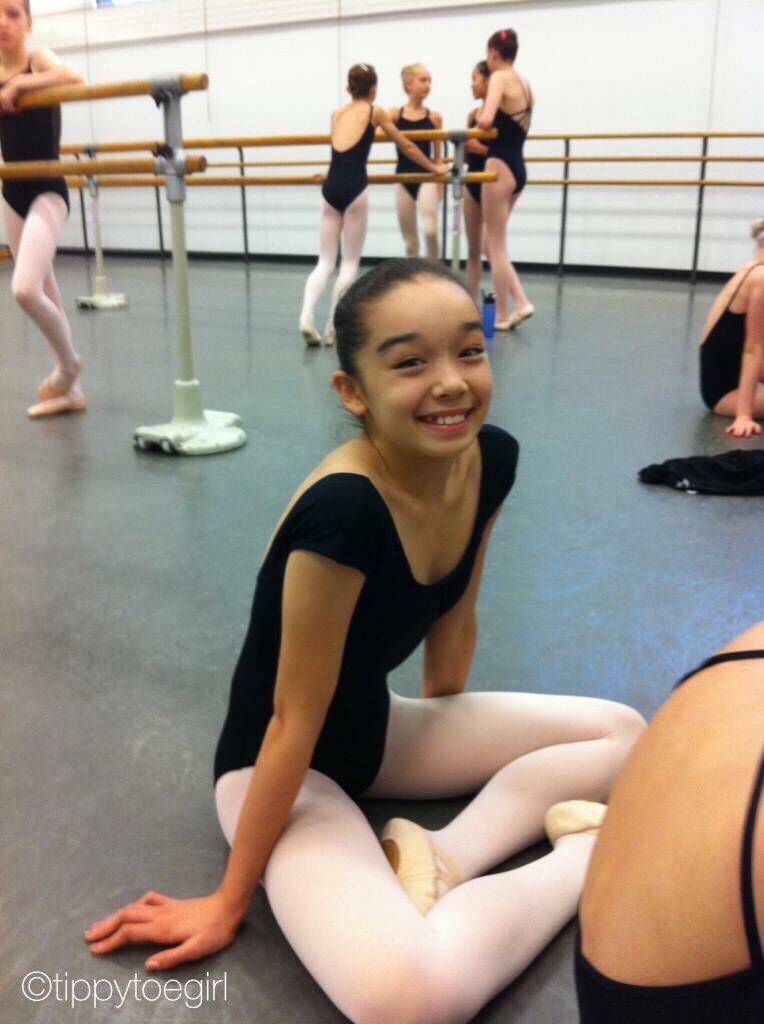
#6 How do you prepare yourself for the stage?
When I have to dance a certain character in a ballet, especially in a classical story ballet, I try to become fully engulfed in the character. It becomes my whole life. And when I’m onstage, I do not want to worry about remembering steps. I want to dance fearlessly. To achieve that goal, I try to rehearse almost to the point of over-rehearsing. Then I know the choreography is really in my body as “muscle memory”, and I can just let go and enjoy being on stage.
#7 Who is your favorite dancer?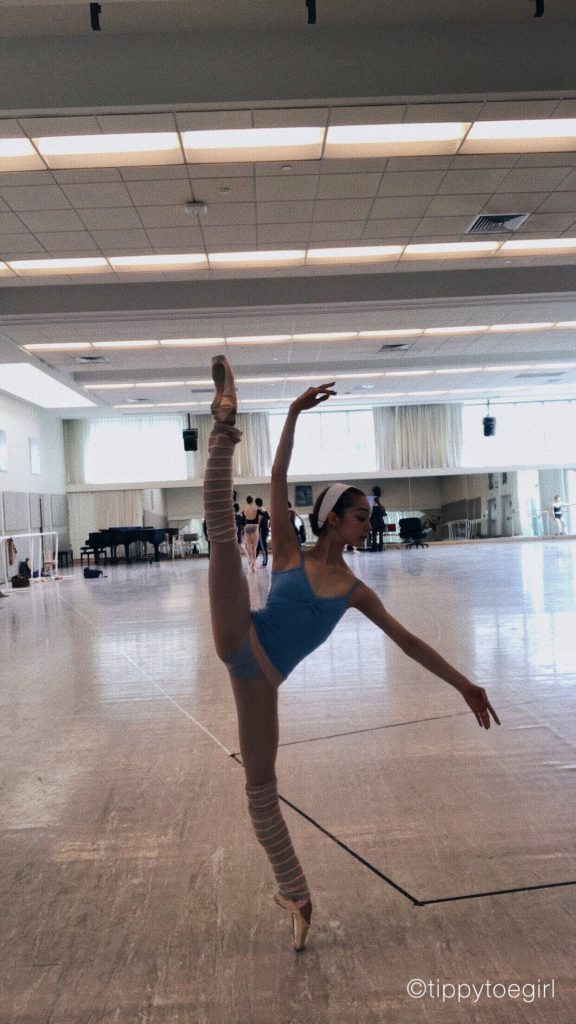
It’s impossible to just pick one because there are so many… but some of my top favorites are Evgenia Obraztsova, Dorothée Gilbert, Maria Kochetkova, Iana Salenko and Marianela Nunez. What I love about each of these dancers is that they all have their own very distinct qualities, which I aspire to possess one day.
#8 How do you stay motivated/what inspires you?
It’s impossible to not become discouraged in ballet. There will always be someone better, younger, prettier, skinnier, taller, and so on. However, the reason I dance is because I love to dance and for no other reason. It’s quite that simple. I do it for me and not to please anyone else. What’s the point otherwise? I also believe having outside interests, hobbies, and friends helps me stay motivated and inspired. From going to museums, Broadway shows, and yes, even SF Ballet performances (easy instant inspiration, motivation to keep working hard, and a reminder why I love my job.) to my love of nutrition, Studio Ghibli/Miyazaki animation films, K-pop (yes, my two younger sisters and I are ARMY), and traveling. Inspiration is all around us, we just have to work a little to find it.
#9 What do you think differentiates a student from a professional ballerina/ What’s the hardest thing when you transition?
One of the biggest challenges from being a student to becoming a professional was how quickly I had to grow up. This meant becoming very independent along with having important responsibilities in my workplace. Once I became a professional dancer, I learned no one was going to be there to “hold my hand”. This meant preparing myself for a big role/performance through rehearsing and working on my own, watching videos hours on end and asking peers to help learn a new spot in a ballet. And simply getting used to not receiving “corrections” from teachers and coaches constantly. The best part of being a professional dancer is that I get to do what I love, every single day for a living.
#10 What is your best advice for pre-professionals and how to gain confidence as a dancer?
Trust yourself, trust your technique, don’t hold anything back, and find inspiration anywhere and everywhere. A ballet career is short as is, so you must make the most of it. Also, don’t be afraid to make/keep connections in the ballet world, you will be thankful in the future.
